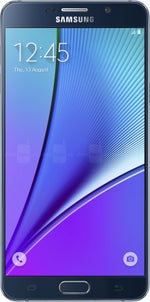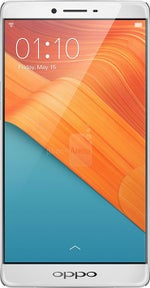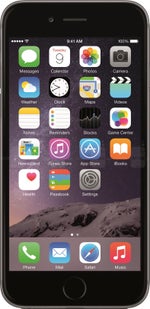While many were complaining about Samsung's all-plastic design paradigm until earlier this year, then continued whining about its move to sealed premium unibodies, Samsung had been quietly moving towards a silent revolution in the design of its phones, and of handsets in general. Besides introducing a metal-and-glass
S6 that could be the envy of even more established premium chassis makers, it doubled down on the concept with the
Note5 and
S6 edge+, improving on the high-end casing where it counts most on big-panel phones, the screen-to-body ratio.
Not only are the two new phablets more compact than the
Note 4, but with 75%+ screen-to-phone-size metric, they are also the most compact 5.7" phones, despite sporting Samsung's now-obligatory fingerprint scanner in the home key. The closest phone that comes to their size is Xiaomi's
Mi Note Pro, whose 5.7" panel, however, is housed in a body a bit taller, thicker, and, above all, wider than the Note5. The new Samsung phablets are also more compact than the 5.5"
iPhone 6s Plus, but that's not hard to achieve given the rather low screen-to-body ratio of Apple's phablets. What is more impressive is the fact that the Note5 and S6 edge+ are closing in on most 5.5-inchers when it comes to size, too, despite having larger displays.
Samsung and the other compact-conscious makers may be on to something here, this is why we wanted to ask you how important is the screen-to-body ratio metric to you when choosing a phone, and gauge whether their design efforts would ultimately pay off. Take your pick in the poll below, and sound off in the comments.




















Things that are NOT allowed: